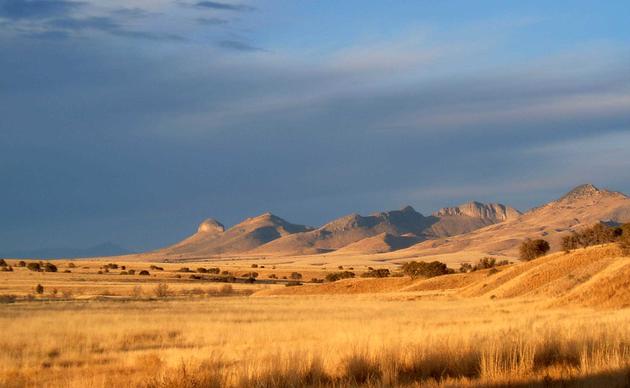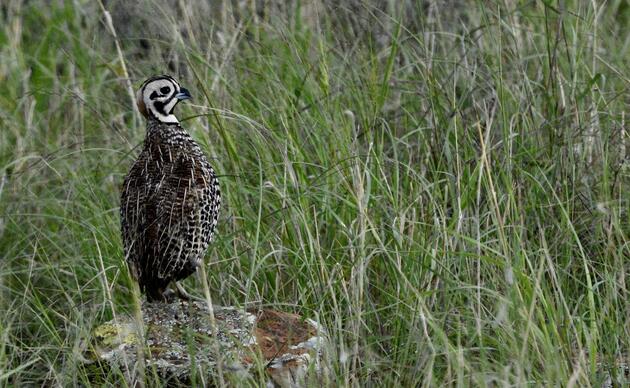Emma Sudbeck is joining us this year as a first year master’s student out of the University of Arizona’s School of Environment and Natural Resource. With the guidance of her advisors in the Arizona Cooperative Fish and Wildlife Research Unit and the Arizona Game and Fish Department, she will be working to gather the data needed to manage one of the greatest threats to Arizona’s aquatic wildlife, the invasive American bullfrog (Lithobates catesbeianus).
Stocked into Arizona’s waters by the Arizona Game and Fish Department from the 1920s into the early 1980s as a game (huntable) species, American bullfrogs were quick to overwhelm native aquatic wildlife and those tasked with managing it. Their tadpoles can take up to two years to develop and compared to our native amphibians, which tend to go from egg to adult in a single season, they are quite large, have an appetite to match, and are quick to munch on their smaller pondmates. The threat doesn’t end when these tadpoles metamorphose into adults, as these large frogs can take a diversity of prey including insects, other frogs, reptiles, and even birds and small mammals. Add to the equation that American bullfrogs can be very effective dispersers of Ranavirus and Chytrid fungus, two diseases that often prove fatal to our native amphibians, and you have a serious problem. Put simply – add American bullfrogs to a southwestern pond rich with native amphibians and fish, and within a few seasons you’ll be left with a bullfrog-only system.
While we understand well the threat that American Bullfrogs pose, we are lacking the information needed to manage them effectively. Little is known about American bullfrog dispersal and reproductive ecology in the Southwest, and as such eradication tends to be a long-term and extremely labor-intensive endeavor. Through her research, Emma hopes to fill some of these gaps and help wildlife managers leverage limited resources by identifying sites and seasons during which removal efforts will have the greatest impact. Working in the San Rafael Valley and Canelo Hills, Emma will be using a combination of mark-recapture and radio telemetry techniques to document the distance American bullfrogs will travel to colonize a new area and to determine what factors affect this dispersal distance. In addition, she will be working with our partners on the Babacomari Ranch to gather reproductive data using animals removed from the property during a large-scale eradication effort.
With federally protected Chiricahua Leopard Frogs and Desert Pupfish calling the AWRR home and American bullfrogs constantly sneaking through our fences, we are excited to learn from Emma’s work and to apply this knowledge to our own management efforts. We’ll be looking forward to her making use of the Ranch this summer as she bounces between her southeastern Arizona field sites!
How you can help, right now
AWRR 2024 Annual Report
Do you ever wonder what keeps us busy on the Research Ranch? Dive in to learn more!
Donate to the AWRR
Donate today and help us continue our work furthering conservation science, engaging people with birds and their habitats, and improving habitat here on the AWRR. Every dollar counts!



